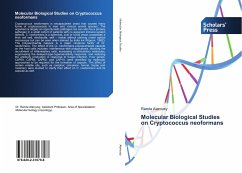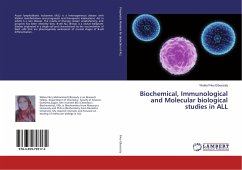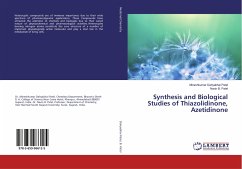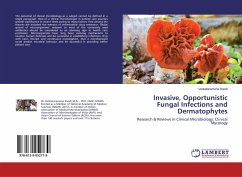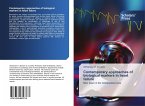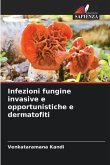Cryptococcus neoformans is encapsulated yeast that causes many forms of cryptococcosis in man and various animal species. The organism is largely an opportunistic pathogen but can also be a primary pathogen in a small cohort of patients with no apparent immune system defects. C. neoformans is a spherical, oval or ovoid yeast, possesses a thick cell wall, direfractile, well - visible without staining under optical microscope but can be seen when stained by India ink (Rippon, 1982). The polysaccharide capsule is a major virulence factor of Cr. neoformans. The effect of the Cr. neoformans polysaccharide capsule on the host cells includes: interference with phagocytosis, blocking the recruitment of inflammatory cells, increasing co-stimulatory molecules, suppressing the delayed-type-hypersensitivity response, and reducing the antibody production in response to fungal infection. Four genes, CAP59, CAP64, CAP60, and CAP10, were identified by molecular approaches to be required for the formation of capsule. The effect of certain volatile oils, such as camphor, cinnamon, fennel, thyme and rosemary were studied to clarify their effect on C. neoformans and its capsule as well.
Bitte wählen Sie Ihr Anliegen aus.
Rechnungen
Retourenschein anfordern
Bestellstatus
Storno

